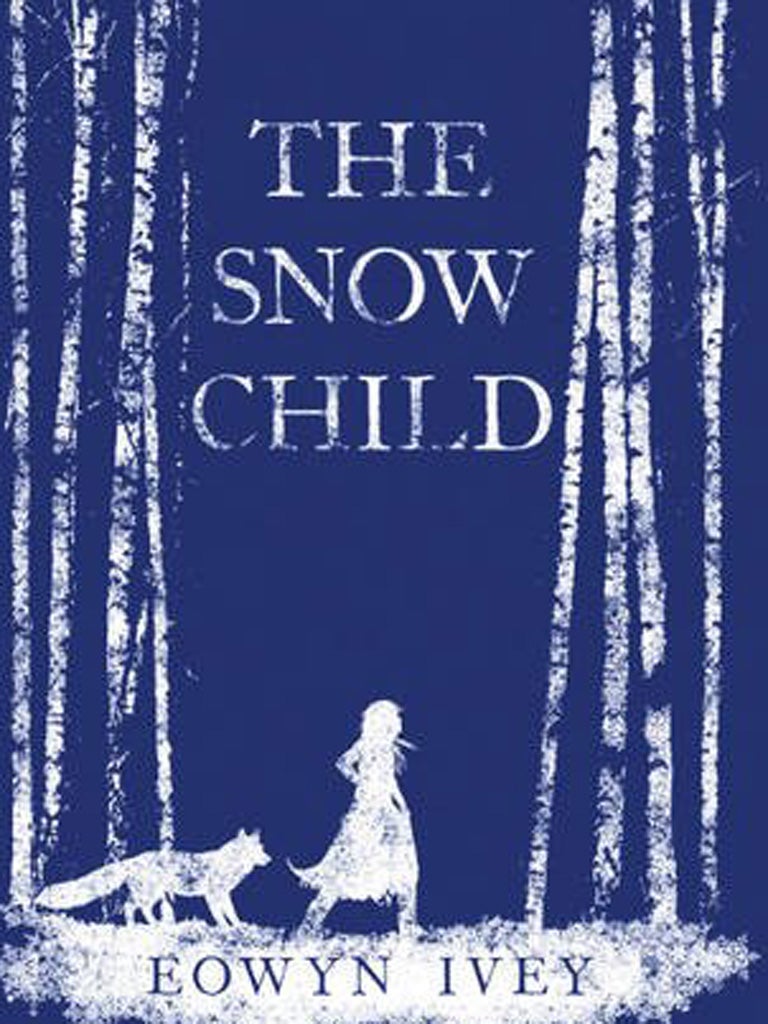
Your support helps us to tell the story
From reproductive rights to climate change to Big Tech, The Independent is on the ground when the story is developing. Whether it's investigating the financials of Elon Musk's pro-Trump PAC or producing our latest documentary, 'The A Word', which shines a light on the American women fighting for reproductive rights, we know how important it is to parse out the facts from the messaging.
At such a critical moment in US history, we need reporters on the ground. Your donation allows us to keep sending journalists to speak to both sides of the story.
The Independent is trusted by Americans across the entire political spectrum. And unlike many other quality news outlets, we choose not to lock Americans out of our reporting and analysis with paywalls. We believe quality journalism should be available to everyone, paid for by those who can afford it.
Your support makes all the difference.Literary fairy tales are fighting back. Margo Lanagan's Tender Morsels, a superb re-writing of Snow-White and Rose Red, is a case in point. Now there is the equally striking The Snow Child, a first novel by Eowyn Ivey, a writer from Alaska. Don't expect anything fey or sentimental; both novels are as tough as they come.
Ivey has chosen Little Daughter of the Snow, a folk-tale first translated from the Russian by Arthur Ransome, as her springboard. Relocated to Alaska in the 1920s, her story starts with Jack and Mabel, a middle-aged farming couple only just making it in weather where giving up the will to live at times seems like a sensible option. They have an awkward but loving relationship yet miss the children they never had.
The Faina, a beautiful feral child, shyly enters their lives. Mabel believes that she is the embodiment of a snow child the couple had made previously in a rare moment of leisure and levity. Jack knows that Faina's drunken father has just died and that she had lost her mother when she was a baby. The final truth about her stays a mystery.
Many fairy tales offer a contradictory mixture of imaginary compensation coupled with warnings about expecting too much. The Snow Child also follows this pattern. Jack and Mabel are transfigured by Faina's presence. But there is also the urge to tame someone who is essentially wild, and any talk of schooling has the girl making straight for the door. Finally, as a teenager, she is courted by a smitten neighbouring boy. She becomes pregnant, marries, but despite loving her husband and baby misses her old life.
What makes this novel most remarkable is the quality of its writing. Descriptions of natural life come over bright and clear. Life on the farm is similarly real, with the dialogue between its often weary, frozen characters kept to a minimum. But this only serves to make their moments of transforming joy even more memorable, whether they arise from the beauty of the untamed countryside or else from relationships stirring back into life. The author's firm hold on the realities of love and loss only begins to waver just before the end. But this is still a fine achievement, well worth catching at any age.
Join our commenting forum
Join thought-provoking conversations, follow other Independent readers and see their replies
0Comments